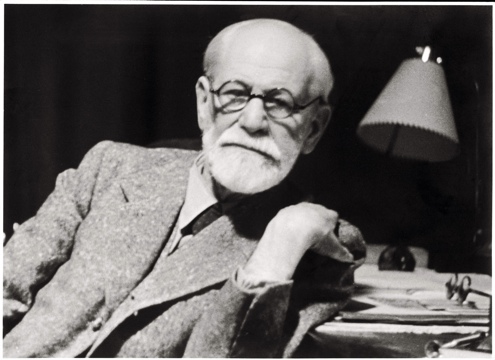KNOWLEDGE is POWER. There. I said it.
KNOWLEDGE get a bad rap. In this information age, the assumption is that knowledge is readily accessible, reliable, and palatable. It is crucial that we embrace the fact that accessible knowledge and usable knowledge are not the same. Not even close. I am not big on analogies, but the difference between having access to knowledge and knowing something is like the difference between having access to water and having plumbing. Big difference.
We must separate opportunity from action. Availability is an opportunity to know. Action is required for knowledge to be usable. And guess what? It takes effort.
When we were in grade school, the people in charge required us to memorize and regurgitate. Remember that? They could require it of us. They could judge us based on our efforts and the quality of our outputs. We did not like having to give attention to things that did not interest us, devoting strategic resources to the remembering of basic knowledge. We could have just looked it up. In the end, what did we learn? Recognizing that the taskmaster is in some role of power does not mean that the tasks are meaningless and serve no purpose.
A lot, actually. And we need to admit that. We learned more than just the information.
We learned methods of getting information into our minds permanently (we can debate the quality and permanence of memory another time). Our brains participated in necessary operations to prepare itself for future (more important and potentially relevant) activity. Sometimes (all the time), we ought to stop and consider the unknown influence of learning activities as we critique the explicitly applicable practice that is being logged in the process. We ought to get over the popular practice of power examination in learning situations and just do the work. Sometimes.
Attention — Do I have your attention?
Strategies — What is your strategy for traversing the chasm to memory?
Retrieval — What is your method to activate retrieval structures?
Here is our 21st Century problem: We do not know things anymore.
If you have been in a room with someone who really owns their knowledge, there is something wonderful that happens. They have an ability to develop their thinking around that information in deep and meaningful ways. This is because the information is not taking up real estate in their present memory where lots of free and open abstracting likes to happen but in their permanent memory. How many times have you listened to someone who really KNEW their stuff and found yourself saying–I’ve really got to get X content down so I can really Y my tail off like that person?
Imagine you are having a party with several guests and for dinner you have chosen to have each person make their own pizza. You, as host, will provide every sort of sauce and topping and your guests need to bring the dough that they intend to use. Each guest arrives and sits around the dinner table with their own little crust ready to load their crusts with all kinds of veggies, cheeses, sauces, and the like. And then I show up.
Oh, I did not really read the invitation. Was I supposed to bring a crust? I thought we were going to make crust. I can do it really quick…do you have…? The next thing you know, my 12-15 inch space on your table is not being occupied by a crust but by the ingredients for that crust. It is not quite what you had in mind is it? I have everything I need to make the crust but it is taking up space, disrupting the activity, and my participation–regardless of the gracious kindness of the host–has been altered. I likely missed much of the intent because I showed up without.
Let us decide to know. Something. Well. Now.



